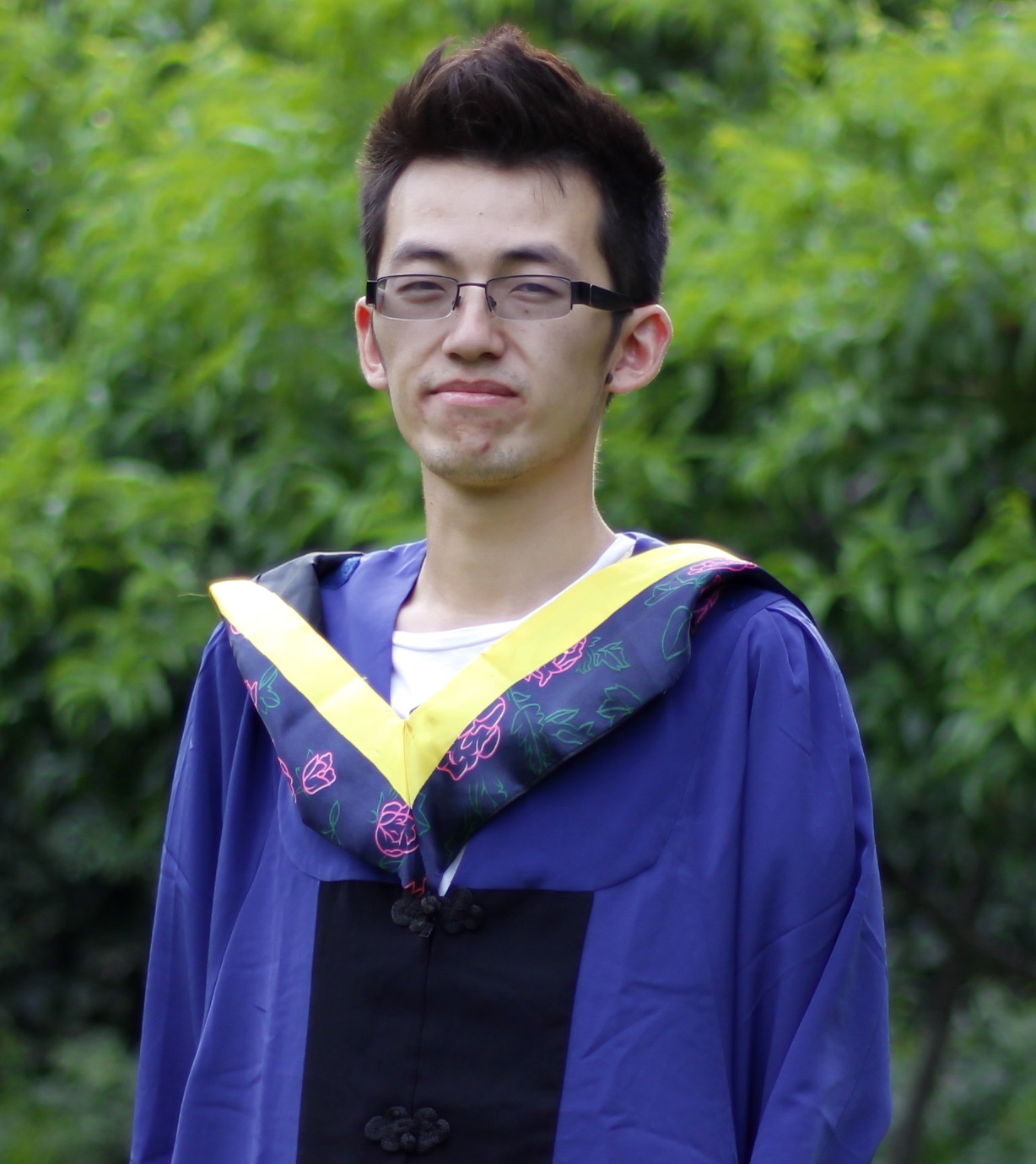深度学习中的数据增强实现(Data Augmentation)
深度学习中,为了避免数据过拟合,通常需要输入海量的数据,然后通过算法对图像数据进行几何变换,改变图像像素的位置并保证特征不变。主要的图像数据增强变换主要有以下几种:
旋转/反射变换(Rotation/reflection): 随机旋转图像一定角度; 改变图像内容的朝向;
翻转变换(flip): 沿着水平或者垂直方向翻转图像;
缩放变换(zoom): 按照一定的比例放大或者缩小图像;
平移变换(shift): 在图像平面上对图像以一定方式进行平移,可以采用随机或人为定义的方式指定平移范围和平移步长, 沿水平或竖直方向进行平移. 改变图像内容的位置;
尺度变换(scale): 对图像按照指定的尺度因子, 进行放大或缩小; 或者参照SIFT特征提取思想, 利用指定的尺度因子对图像滤波构造尺度空间. 改变图像内容的大小或模糊程度;
对比度变换(contrast): 在图像的HSV颜色空间,改变饱和度S和V亮度分量,保持色调H不变. 对每个像素的S和V分量进行指数运算(指数因子在0.25到4之间), 增加光照变化;
噪声扰动(noise): 对图像的每个像素RGB进行随机扰动, 常用的噪声模式是椒盐噪声和高斯噪声;
颜色变换(color): 在训练集像素值的RGB颜色空间进行PCA, 得到RGB空间的3个主方向向量,3个特征值,$p1$, $p2$, $p3$, $\lambda 1$, $\lambda 2$, $\lambda 3$. 对每幅图像的每个像素\(I_{xy}=\left \{ I^{R_{ xy }} ,I^{G_{ xy }} ,I^{B_{ xy }} \right \}^{T}\)进行加上如下的变化:
\[\left [ p1,p2,p3 \right ]\left [ \alpha 1\lambda 1 ,\alpha 2\lambda 2 ,\alpha 3\lambda 3 \right ]^{T}\]其中:$\alpha_{i}$是满足均值为0,方差为0.1的随机变量.
在已有开源代码库Keras中有数据增强的代码实现,首先安装Keras.
sudo pip install keras
若import keras时出现”TypeError: <method ‘max’ of ‘numpy.ndarray’ objects> is not a Python function”需要更新pandas >= 0.16.0
Data Augmentation的代码:
#!/usr/bin/env python
#-*- coding: utf-8 -*-
# import packages
from keras.preprocessing.image import ImageDataGenerator, array_to_img, img_to_array, load_img
datagen = ImageDataGenerator(
rotation_range=0.2,
width_shift_range=0.2,
height_shift_range=0.2,
shear_range=0.2,
zoom_range=0.2,
horizontal_flip=True,
fill_mode='nearest')
img = load_img('lena.jpg') # this is a PIL image, please replace to your own file path
x = img_to_array(img) # this is a Numpy array with shape (3, 150, 150)
x = x.reshape((1,) + x.shape) # this is a Numpy array with shape (1, 3, 150, 150)
# the .flow() command below generates batches of randomly transformed images
# and saves the results to the `preview/` directory
i = 0
for batch in datagen.flow(x,
batch_size=1,
save_to_dir='data/preview',
save_prefix='lena',
save_format='jpg'):
i += 1
if i > 20:
break # otherwise the generator would loop indefinitely
主要函数:ImageDataGenerator 实现了大多数上文中提到的图像几何变换方法.函数原型如下:
keras.preprocessing.image.ImageDataGenerator(featurewise_center=False,
samplewise_center=False,
featurewise_std_normalization=False,
samplewise_std_normalization=False,
zca_whitening=False,
rotation_range=0.,
width_shift_range=0.,
height_shift_range=0.,
shear_range=0.,
zoom_range=0.,
channel_shift_range=0.,
fill_mode='nearest',
cval=0.,
horizontal_flip=False,
vertical_flip=False,
rescale=None,
dim_ordering=K.image_dim_ordering())
参数
featurewise_center:布尔值,使输入数据集去中心化(均值为0)
samplewise_center:布尔值,使输入数据的每个样本均值为0
featurewise_std_normalization:布尔值,将输入除以数据集的标准差以完成标准化
samplewise_std_normalization:布尔值,将输入的每个样本除以其自身的标准差
zca_whitening:布尔值,对输入数据施加ZCA白化
rotation_range:整数,数据提升时图片随机转动的角度
width_shift_range:浮点数,图片宽度的某个比例,数据提升时图片水平偏移的幅度
height_shift_range:浮点数,图片高度的某个比例,数据提升时图片竖直偏移的幅度
shear_range:浮点数,剪切强度(逆时针方向的剪切变换角度)
zoom_range:浮点数或形如[lower,upper]的列表,随机缩放的幅度,若为浮点数,则相当于[lower,upper] = [1 - zoom_range, 1+zoom_range]
channel_shift_range:浮点数,随机通道偏移的幅度
fill_mode:;‘constant’,‘nearest’,‘reflect’或‘wrap’之一,当进行变换时超出边界的点将根据本参数给定的方法进行处理
cval:浮点数或整数,当fill_mode=constant时,指定要向超出边界的点填充的值
horizontal_flip:布尔值,进行随机水平翻转
vertical_flip:布尔值,进行随机竖直翻转
rescale: 重放缩因子,默认为None. 如果为None或0则不进行放缩,否则会将该数值乘到数据上(在应用其他变换之前)
dim_ordering:‘tf’和‘th’之一,规定数据的维度顺序。‘tf’模式下数据的形状为samples, width, height, channels,‘th’下形状为(samples, channels, width, height).该参数的默认值是Keras配置文件~/.keras/keras.json的image_dim_ordering值,如果你从未设置过的话,就是'th'
tensorflow中的部分数据增强
import tensorflow as tf
import cv2
import numpy as np
flags = tf.app.flags
FLAGS = flags.FLAGS
flags.DEFINE_boolean('random_flip_up_down', True, 'If uses flip')
flags.DEFINE_boolean('random_flip_left_right', True, 'If uses flip')
flags.DEFINE_boolean('random_brightness', True, 'If uses brightness')
flags.DEFINE_boolean('random_contrast', True, 'If uses contrast')
flags.DEFINE_boolean('random_saturation', True, 'If uses saturation')
flags.DEFINE_integer('image_size', 224, 'image size.')
"""
#flags examples
flags.DEFINE_float('learning_rate', 0.01, 'Initial learning rate.')
flags.DEFINE_integer('max_steps', 2000, 'Number of steps to run trainer.')
flags.DEFINE_string('train_dir', 'data', 'Directory to put the training data.')
flags.DEFINE_boolean('fake_data', False, 'If true, uses fake data for unit testing.')
"""
def pre_process(images):
if FLAGS.random_flip_up_down:
images = tf.image.random_flip_up_down(images)
if FLAGS.random_flip_left_right:
images = tf.image.random_flip_left_right(images)
if FLAGS.random_brightness:
images = tf.image.random_brightness(images, max_delta=0.3)
if FLAGS.random_contrast:
images = tf.image.random_contrast(images, 0.8, 1.2)
if FLAGS.random_saturation:
tf.image.random_saturation(images, 0.3, 0.5)
new_size = tf.constant([FLAGS.image_size,FLAGS.image_size],dtype=tf.int32)
images = tf.image.resize_images(images, new_size)
return images
raw_image = cv2.imread("004545.jpg")
#image = tf.Variable(raw_image)
image = tf.placeholder("uint8",[None,None,3])
images = pre_process(image)
with tf.Session() as session:
result = session.run(images, feed_dict={image: raw_image})
cv2.imshow("image",result.astype(np.uint8))
cv2.waitKey(1000)
看我写的辛苦求打赏啊!!!有学术讨论和指点请加微信manutdzou,注明

